I have a dataset of Arabic sentences, and I want to remove non-Arabic characters or special characters. I used this regex in python:
text = re.sub(r'[^ء-ي0-9]',' ',text)
It works perfectly, but in some sentences (4 cases from the whole dataset) the regex also removes the Arabic words!
I read the dataset using Panda (python package) like:
train = pd.read_excel('d.xlsx', encoding='utf-8')
Just to show you in a picture, I tested on Pythex site:

What is the problem?
------------------ Edited:
The sentences in the example:
انا بحكي رجعو مبارك واعملو حفلة واحرقوها بالمعازيم ولما الاخوان يروحو يعزو احرقو العزا -- احسنلكم والله #مصر
ﺷﻔﻴﻖ ﺃﺭﺩﻭﻏﺎﻥ ﻣﺼﺮ ..ﺃﺣﻨﺍ ﻧﺒﻘﻰ ﻣﻴﻦ ﻳﺎ ﺩﺍﺩﺍ؟ #ﻣﺴﺨﺮﺓ #ﻋﺒﺚ #EgyPresident #Egypt #ﻣﻘﺎﻃﻌﻮﻥ لا يا حبيبي ما حزرت: بشار غبي بوجود بعثة أنان حاب يفضح روحه انه مجرم من هيك نفذ المجزرة لترى البعثة اجرامه بحق السورين